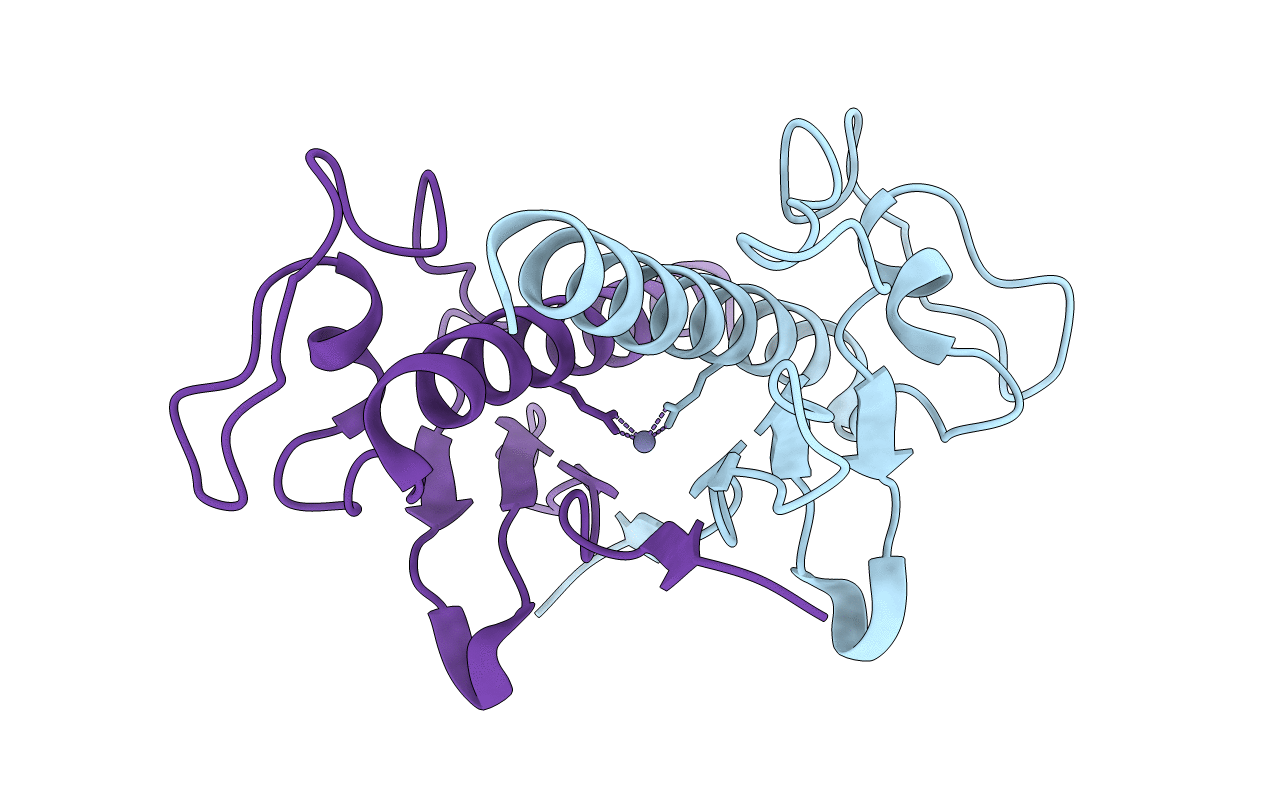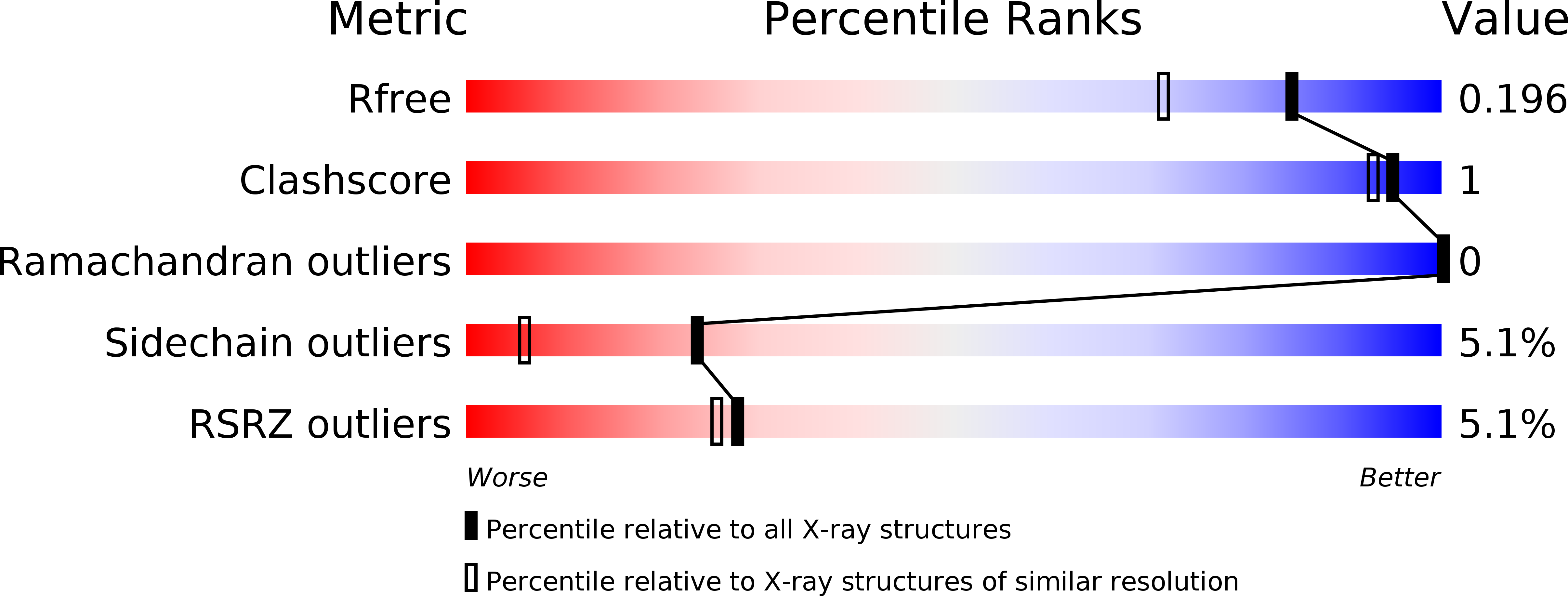
Deposition Date
2004-05-14
Release Date
2004-10-05
Last Version Date
2024-02-14
Entry Detail
PDB ID:
1T92
Keywords:
Title:
Crystal structure of N-terminal truncated pseudopilin PulG
Biological Source:
Source Organism:
Klebsiella pneumoniae (Taxon ID: 573)
Host Organism:
Method Details:
Experimental Method:
Resolution:
1.60 Å
R-Value Free:
0.19
R-Value Work:
0.16
R-Value Observed:
0.16
Space Group:
P 65 2 2


